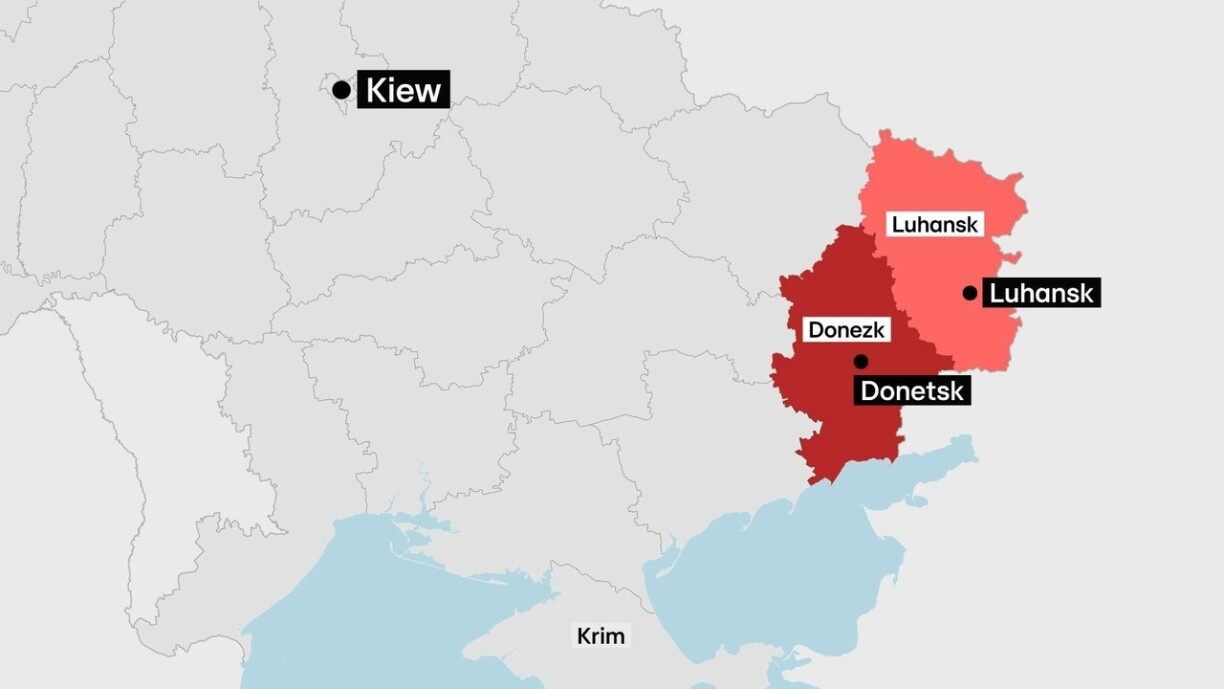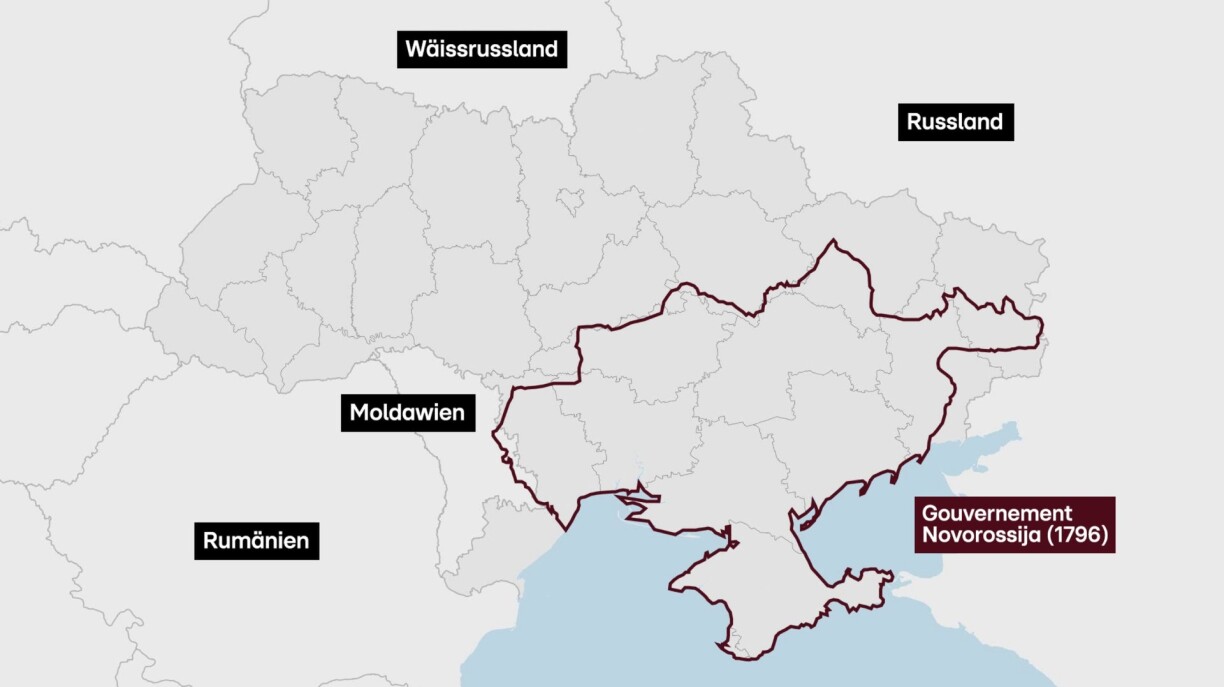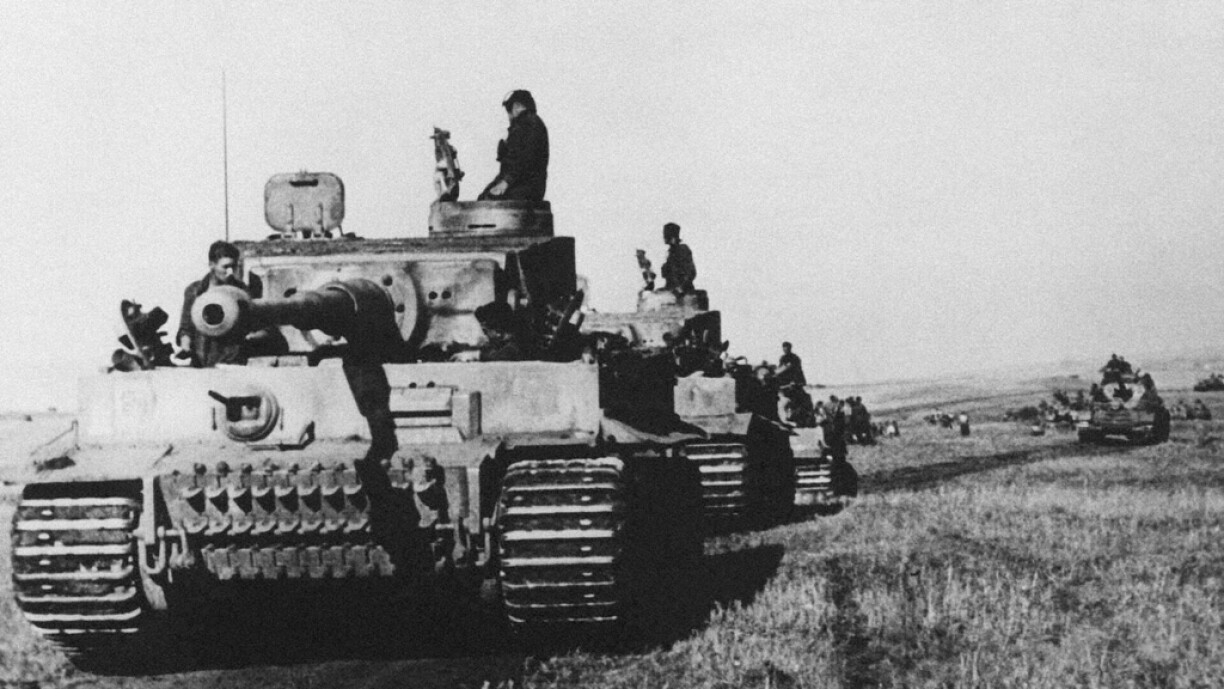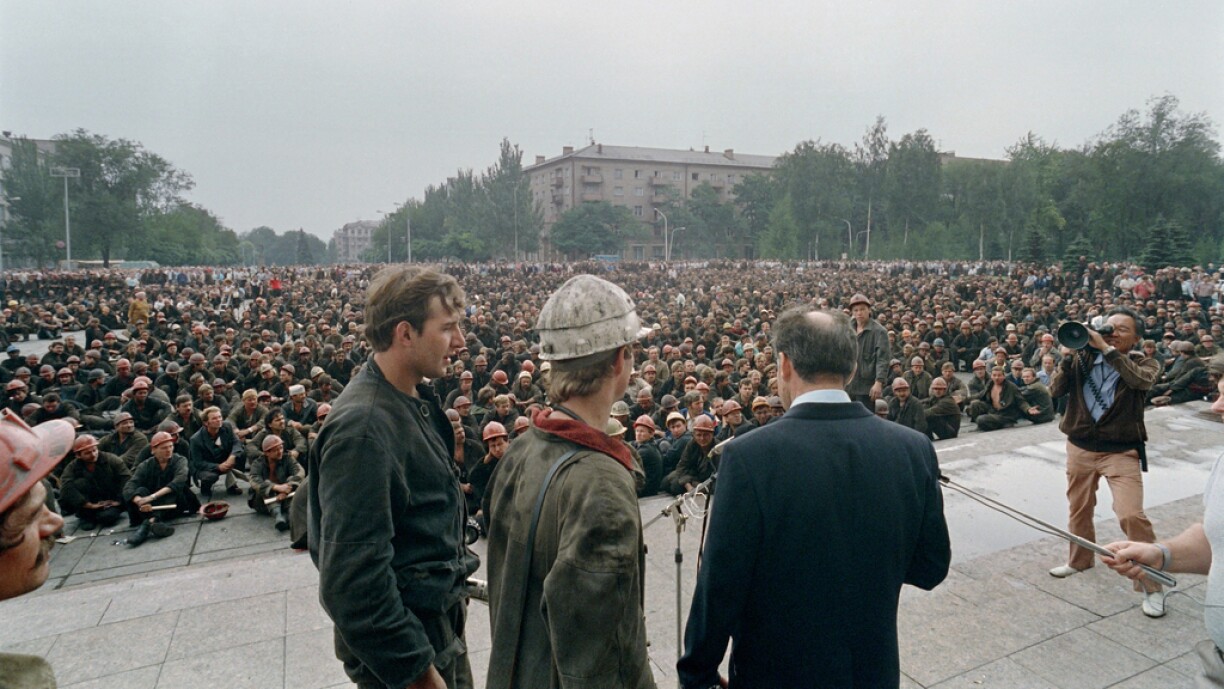
To understand the current situation in Ukraine, one must look back not just years or decades, but centuries.
Historian Hiroaki Kuromiya, an expert on the Soviet Union, observed in his book Freedom and Terror in the Donbas that even though the region may seem small and far removed from political centres like Moscow or Kyiv, it has always posed a problem for those in power.
After eleven years of war in Ukraine and tens of thousands of deaths, it is worth revisiting the origins of the conflict: the crisis and annexation of Crimea, the presence of Russian soldiers on Ukrainian soil as early as 2014, and the geopolitical ideas that continue to guide Moscow.
This article is the first in a series exploring the Donbas. It examines the region’s history up to the 2000s. A second part, to be published on 18 September, will focus on the outbreak of the conflict in 2014. A third part, scheduled for 21 September, will feature Professor Andreas Umland on the geopolitical concept of “Novorossiya”, rooted in Tsarist times, revived during the war in Ukraine, and still relevant in Russia’s worldview and justifications today.
Before 2014, the term “Donbas” was scarcely known in Western Europe or Luxembourg. After the Euromaidan protests in Kyiv, however, Crimea first drew Russia’s gaze and then the world’s media.
Soon, headlines from the Donbas multiplied: reports of protests, clashes, armed men, and ultimately war and casualties. Ukraine and its industrial east suddenly became the focus of international attention.
The name “Donbas” derives from the Ukrainian Донецький басейн or Russian Донецкий бассейн, or Donets Basin, named after the Donets River. Today it covers Ukraine’s Luhansk and Donetsk oblasts and the southwestern part of Russia’s Rostov oblast, though the term is generally used for the Ukrainian part.
The Donbas lies within the Eurasian Steppe stretching from China through Kazakhstan to Moldova. Until the 15th century, it was sparsely populated, bordered by the Zaporizhian Cossacks in the west and the Don Cossacks in the east.
Over time, the Cossack lands were incorporated into the Russian Empire, while retaining some autonomy. This ended in the second half of the 18th century when Catherine the Great stripped the Cossacks of their independence. At the same time, other parts of southeastern Ukraine were gradually absorbed into the empire during the Russo-Ottoman wars of the late 18th and early 19th centuries.
In 1764, the administrative unit of “Novorossiya” was established to govern the southern and southeastern territories of today’s Ukraine. Its borders shifted over time, expanding with further conquests.
The Donbas was included within “Novorossiya”, literally “New Russia”. Historian Willard Sunderland explained in A History of Ukraine that the name was part of a Russian attempt to project itself as an imperial power, in the same way that France, Spain, and England created New France, New Spain, and New England. This concept and its territorial claims would resurface 250 years later, as events in 2014 showed.
With the discovery of coal and industrialisation in the 1860s, the Donbas became an important industrial zone, with other minerals also mined. The economic boom attracted many Russian workers. Yet Kuromiya stressed that the region retained its multi-ethnic character, even as Russian became the dominant language.
During the First World War, Donbas industry was vital to Russia’s war economy. When the state tried to draft workers for the front, strikes erupted. Though some died, the unrest forced authorities to release workers from the army to keep production running.
The Russian Revolution of 1917 brought further chaos to the region. In 1918, Central Powers Germany, Austria-Hungary, the Ottoman Empire, and Bulgaria signed the Treaty of Brest-Litovsk, also known as the “Bread Peace”, with the Ukrainian People’s Republic, based in Kyiv.
Meanwhile, the short-lived Soviet Republic of Donetsk–Krivoy Rog was declared in eastern Ukraine as a counterweight to Kyiv’s pro-Central Powers government. It lasted barely a month: with a Ukrainian Soviet republic already in existence, Lenin himself opposed the creation of another, and the Donbas was confirmed as part of Ukraine. By 1920, the Bolsheviks had secured the region, integrating it into Soviet Ukraine.
The Donbas, devastated by the Russian Civil War, was revived under Soviet rule through harsh measures. Violence and hunger marked daily life in the 1920s, while political exiles fled to the steppe in search of safety from Stalin’s regime. The famine of the 1930s, known in Ukraine as the Holodomor, killed between 3.5 and 7 million people. Stalin’s “Great Terror” of 1936–38 brought further suffering as suspected opponents were executed or imprisoned.
In June 1941, Nazi Germany occupied the Donbas. Before their arrival, the Soviets evacuated around 4 million people and hundreds of factories. The Nazis deported 300,000 civilians as forced labourers, while thousands were killed. In 1943 the Red Army retook the region.
After the Second World War, conditions in the Donbas improved and political terror eased. Still, unrest surfaced. In 1989, miners staged strikes over poor housing and wages, openly challenging the Communist Party.
Despite its large Russian population, the Donbas voted overwhelmingly for independence in 1991, with 84% in Donetsk and 83.9% in Luhansk supporting Ukraine’s break from the Soviet Union, as many residents felt exploited by Moscow.
But after independence, economic growth was sluggish, and Donbas residents began to then feel exploited by Kyiv. In 1993, strikes over inflation and poor working conditions forced Ukraine to bring forward elections, leading to the first transfer of power since independence in 1994.
Tensions between east and west deepened. By the 1990s and early 2000s, pro-Russian and Soviet-nostalgic movements critical of Kyiv were gaining ground. The Donetsk–Krivoy Rog republic of 1918, with its attempt to distance itself from western Ukraine, became a reference point for some of these groups.
Reflecting its complex, multi-ethnic past, the Donbas differs from the rest of Ukraine. In 2001, just 17.3% of the population identified as ethnic Russians nationwide, but in Donetsk and Luhansk the proportion was far higher: 38.2% and 39% respectively.



